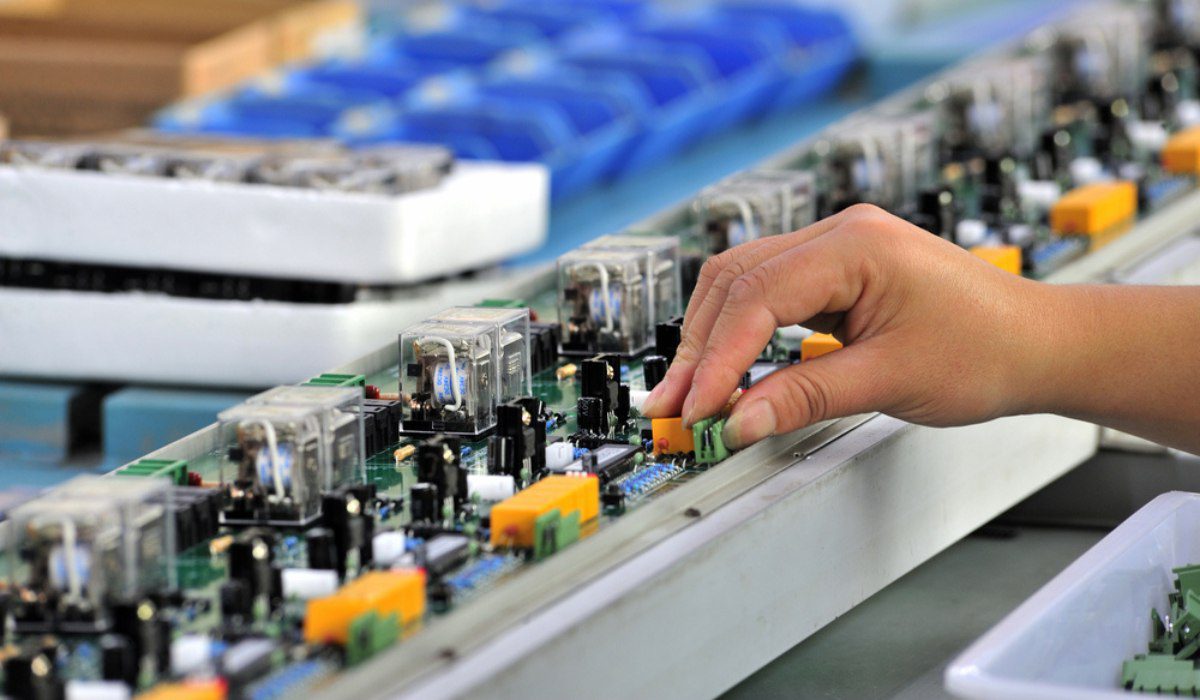In the world of electrical infrastructure, substations are the critical nerve centers that manage and regulate the flow of electricity across vast power networks. At the heart of every substation lies the transformer—an essential component responsible for voltage regulation, load distribution, and power flow stability. To ensure the uninterrupted performance and safety of substations, it is crucial to focus on the best practices for transformer installation. When done correctly, it guarantees operational reliability, minimizes failures, and enhances the overall efficiency of the power system.
Understanding the Role of Transformer Installation in Substation Reliability
Transformer installation is far more than just placing equipment on a concrete pad and connecting wires. It involves a systematic and detail-oriented process that includes site preparation, safety assessments, load analysis, electrical testing, and proper commissioning procedures. Mistakes or shortcuts in these stages can lead to serious consequences such as overheating, insulation failure, oil leaks, and catastrophic outages.
Reliability begins at the foundation of installation. Poor grounding, incorrect connections, and lack of testing protocols can result in unpredictable behavior of the transformer. Therefore, following established installation practices is not just a procedural requirement—it’s a necessity for long-term substation performance.
Key Best Practices for Transformer Installation
1. Site Preparation and Environmental Assessment
The installation site must be carefully prepared to accommodate the transformer’s weight and operational needs. Factors like soil stability, moisture levels, seismic activity, and accessibility for maintenance crews should be evaluated. Additionally, drainage systems must be planned to prevent water accumulation around the transformer base.
2. Proper Foundation and Mounting
Transformers must be installed on strong, vibration-resistant concrete pads or structural supports. These foundations should be aligned to support the exact footprint of the equipment and allow proper airflow for cooling. Improper leveling can lead to oil displacement and internal damage over time.
3. Adherence to Manufacturer Specifications
Every transformer comes with unique operational and installation guidelines. These must be strictly followed, especially when it comes to terminal connections, tap changer settings, and cooling system integration. Ignoring these can void warranties and compromise transformer performance.
4. High-Quality Electrical Connections
Loose, corroded, or undersized connections are a leading cause of electrical faults in substations. All high-voltage and low-voltage terminals must be properly crimped, torqued, and insulated. Bus ducts and cable terminations should be thoroughly tested before energizing the unit.
5. Grounding and Surge Protection
Effective grounding is essential for the protection of equipment and personnel. The transformer’s tank, core, and neutral points should be grounded using conductors that meet local and international electrical codes. Additionally, installing surge arresters will help protect the transformer from transient voltage spikes caused by lightning or switching operations.
6. Transformer Oil Testing and Filling
For oil-immersed transformers, the quality of insulating oil directly affects heat dissipation and insulation strength. Before filling, the oil should be filtered and tested for dielectric strength and moisture content. The filling process must be conducted under vacuum conditions to eliminate trapped air bubbles, which can cause arcing.
7. Pre-Commissioning Inspections and Testing
Before a transformer is put into service, it must undergo a series of diagnostic tests such as insulation resistance, turns ratio, polarity check, and winding resistance tests. These ensure that the internal windings are in good condition and that the transformer meets all performance specifications.
8. Environmental and Safety Compliance
Substations must comply with national safety codes and environmental regulations. This includes installing oil containment systems, fire barriers, and spill control mechanisms. Noise levels from the transformer must also be within acceptable limits to avoid disturbances in populated areas.
9. Routine Maintenance Planning
A successful transformer installation does not end with energization. It must be followed by a well-structured preventive maintenance plan. This includes periodic inspections, thermal imaging, oil analysis, and electrical testing to detect early signs of wear and aging.
10. Hiring Experienced Electrical Service Providers
The success of transformer installation also depends on the expertise of the professionals handling it. Engaging a Top Electrical Solution Company in Rajasthan like Manikaran Enterprises ensures that the entire process—from design to commissioning—is executed with precision, safety, and compliance.
Enhancing Substation Efficiency with Professional Support
Transformers are long-term investments with lifespans often exceeding 25 years when maintained properly. However, even the best equipment can underperform or fail prematurely if installation errors go unnoticed. By choosing experienced partners who offer Transformer Installation and Commissioning Services in India, utilities and industries can secure operational stability and maximize returns on investment.
Companies like Manikaran Enterprises bring a deep understanding of substation design, equipment handling, system integration, and safety compliance. Their hands-on approach and adherence to international standards make them a reliable choice for complex electrical infrastructure projects.
Conclusion
Transformer installation is a mission-critical process that lays the foundation for substation performance and reliability. Following best practices not only prevents equipment failures but also extends the life of the transformer and ensures continuous power supply to end users. Whether you’re installing a new unit or upgrading existing systems, the importance of professional expertise and quality assurance cannot be overstated. Reliable substations begin with correct transformer installation—and the right service provider makes all the difference.





Comments